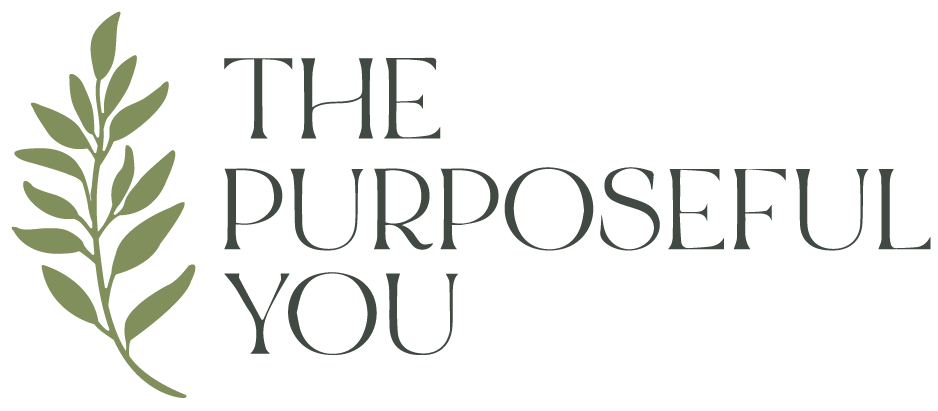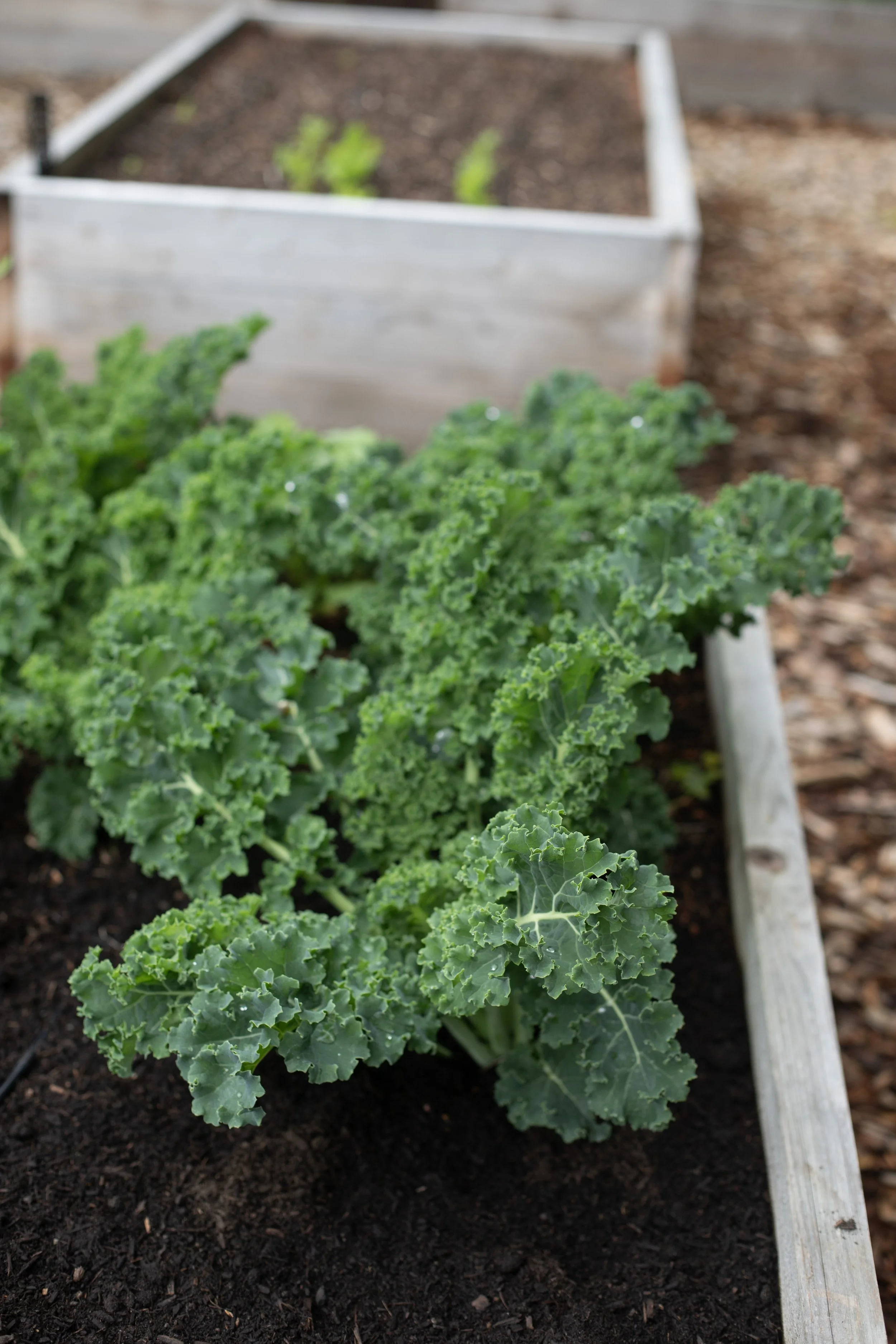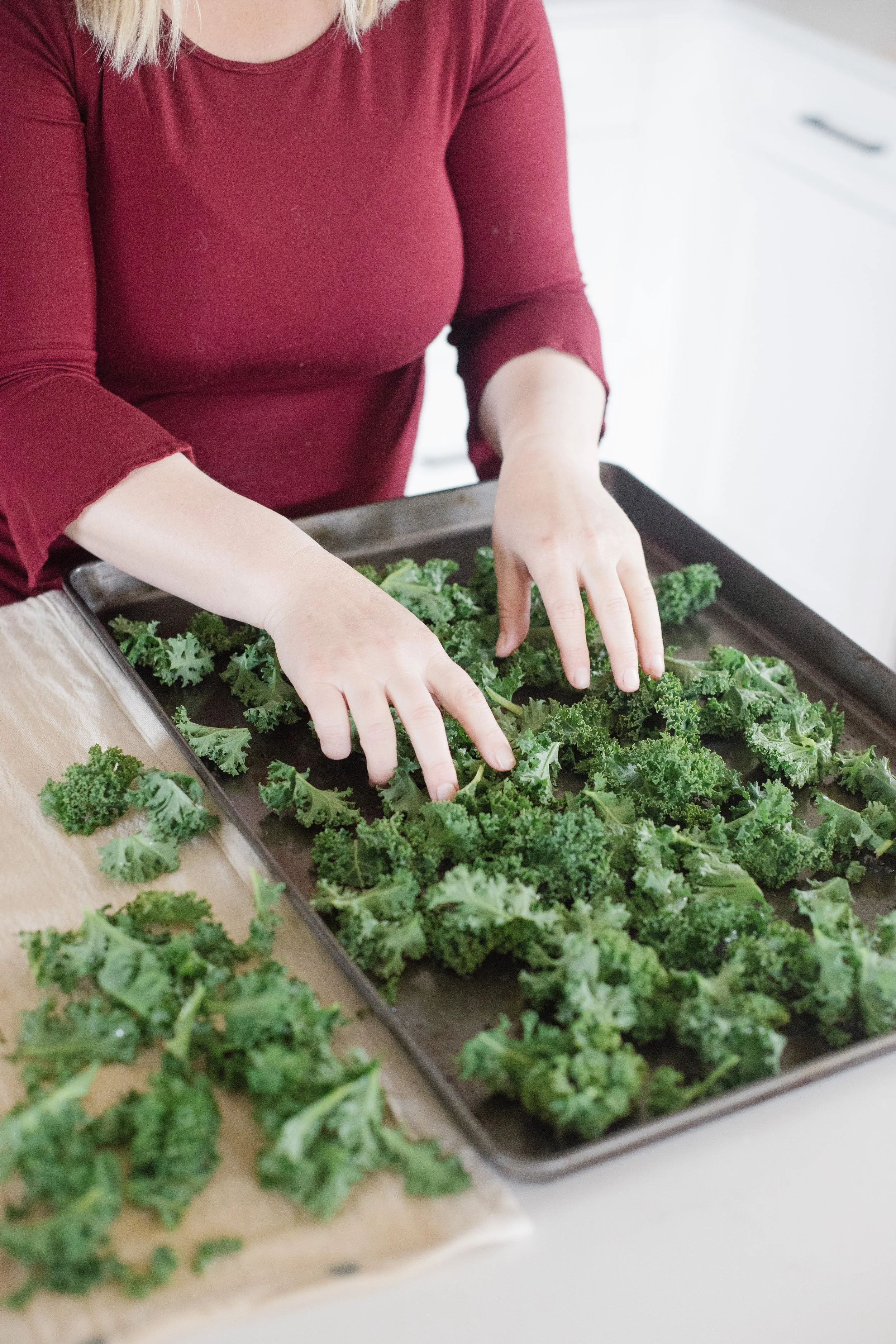How to Grow Kale: A Beginner’s Guide
As a beginner gardener, you're likely looking for a reliable, nutritious, and easy-to-grow crop. I’m here to tell you that kale is a must-have in your garden! Whether you're starting a spring garden, or kicking off your first attempt at a fall harvest, kale is a rewarding plant that grows in the cooler seasons, and even through winter in milder climates. In this blog, I’ll walk you through how to grow kale from seed, when to plant it (even if you buy starters!), and the many benefits it brings to both your garden and your health!
Why Grow Kale?
Kale isn’t just a trendy addition to your smoothies—it’s incredibly good for you! This hardy leafy green is packed with various vitamins including A, C, and K, along with calcium, antioxidants, and fibre. It’s also an immune-boosting, bone-strengthening, heart-healthy addition to your meals. In addition to being a cool season crop, kale can actually also withstand cooler temperatures better than many greens, meaning it can extend your harvest season when other crops start to fade.
From a gardening perspective, kale is a workhorse! It can handle light frosts, regrow after harvesting, and even becomes sweeter after a cold snap (my favourite). It’s also relatively pest-resistant compared to other brassicas, especially when planted with good companions like dill or nasturtiums.
When to Start Kale Seeds
Depending on the time of the year, you have a few options on when to start your kale seeds:
For a Spring Harvest:
Start seeds indoors about 4-6 weeks before your last frost date, and then transplant seedlings into the garden when they’re about 4 inches tall and the soil can be worked (usually 2-4 weeks before the last frost).
For a Fall Harvest (Highly Recommend!):
Direct sow seeds in the garden about 10-12 weeks before your first fall frost (for me that is August). Fall kale often performs better because it matures in cooler temperatures, which improve flavour and reduce pests. You can also start indoors mid July to plant out hardened off plants mid August (this is best if your summers are very hot). You will notice Kale starters mid to end of summer in your garden nurseries and if you are new to growing kale, start with planting starters.
* Succession Planting Tip: For a continuous supply, sow new seeds every few weeks during your planting window.
How to Plant Kale
Location: Choose a sunny spot (at least 6+ hours of sun) with well-draining soil. Kale also tolerates partial shade, especially in the warmer months.
Soil: Amend your soil with compost before planting. Kale prefers slightly acidic to neutral soil.
Spacing: Space seeds (or seedlings) 12-18 inches apart. Rows should be about 18-24 inches apart to give plants room to grow and allow airflow.
Watering: Keep the soil consistently moist, especially as plants are getting established.
Fertilizing: I usually use an organic fish or seaweed fertilizer once or twice on established plants.
Caring for Your Kale
Mulch: Apply mulch around plants to retain moisture and suppress weeds. Or you can plant sweet alyssum to bring in the pollinators and it acts as a ground cover below.
Pests to Watch For: While kale is generally quite resilient, it can attract aphids, cabbage worms, and flea beetles. Hand-pick pests or use row covers if you’re planting in early spring. Encourage beneficial insects by planting companion plants like dill, calendula, or marigolds nearby!
Harvesting Kale: Begin harvesting outer leaves (the lower leaves( when they’re about the size of your hand, leaving the centre leaves to continue growing. Kale can be harvested leaf-by-leaf over many weeks or even months, especially in cooler weather! I even overwinter my kale for a big harvest in Spring.
Health Benefits of Kale
Kale is known as a nutritional powerhouse for good reason! It’s high in vitamins A, C, and K, which supports vision, immunity, and bone health. It’s also rich in antioxidants, which helps fight inflammation and oxidative stress.
In addition to all of these great benefits, it’s also low in calories but high in fibre, which recently, it’s come out that we all need to be eating more of! Eating high fibre foods help with your digestion and maintaining a healthy weight. Kale also supports heart health thanks to its potassium, fibre, and antioxidant content.
If you’re looking for more ways to include kale in your diet, try it sautéed with garlic, blended into smoothies, added to soups, or baked into crispy kale chips (which is my personal favourite) for a delicious, nutrient-packed snack. My go-to kale chip recipe will be featured in my new gardening book coming out in 2026! Stay tuned 😉
All of this to say, kale is a fantastic crop for gardeners who want consistent harvests and reliable nutrition throughout the growing season, and easy to grow for those who are just beginning their gardening journey.
With just a bit of planning and care, you can enjoy homegrown kale from early spring through late fall (and even winter if your climate allows). Kale definitely earns its place in the garden, if you ask me. Ready to give kale a try? Your garden (and your body) will thank you.
* Note: Some links featured in the above post are commissionable/affiliate links.





